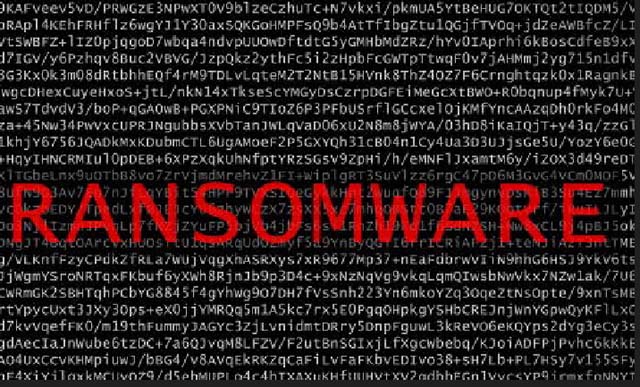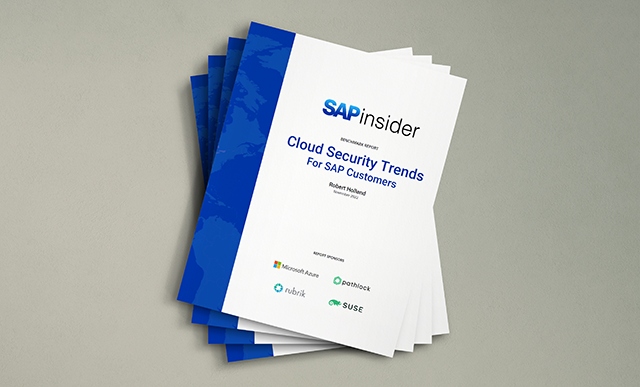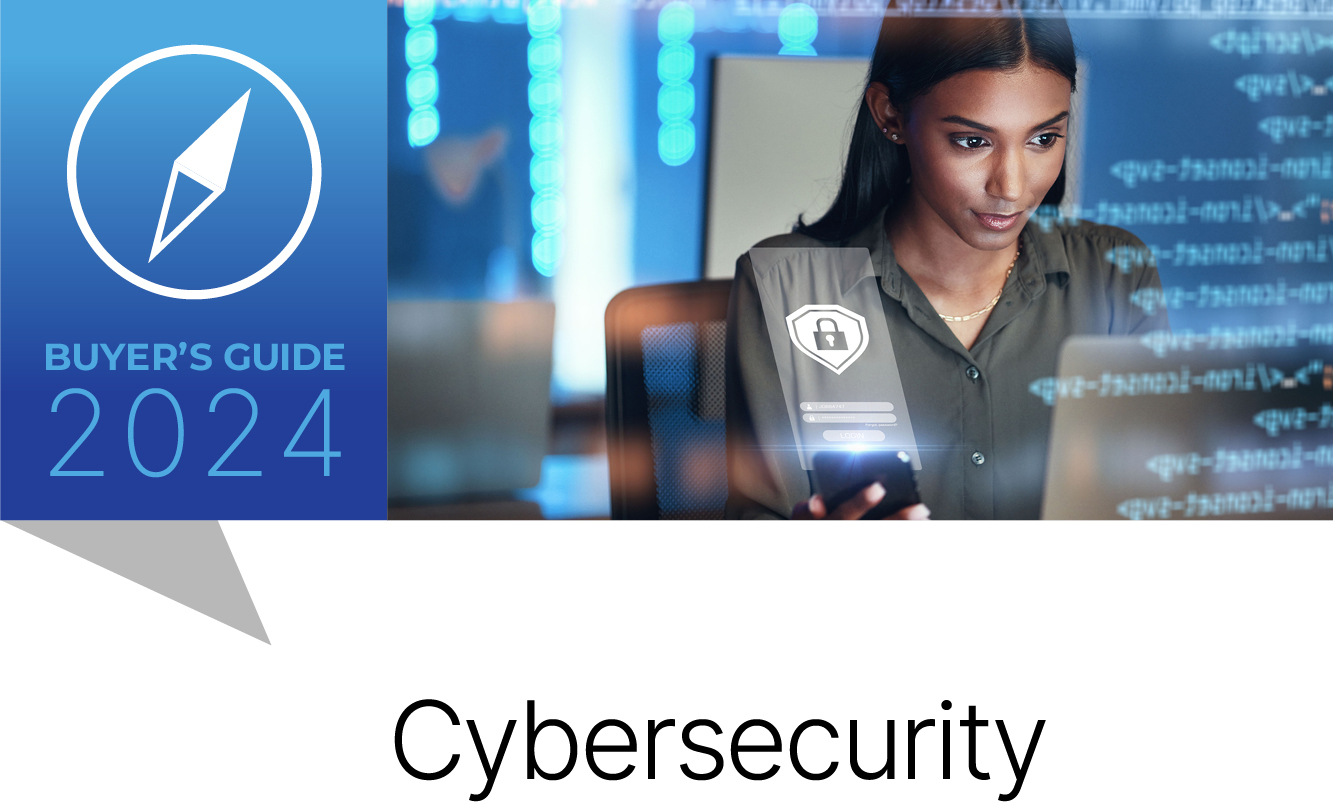Increasing SAP Security Threats and How to Prevent Them
Meet the Experts
Key Takeaways
⇨ As the previous boundaries between SAP security, cybersecurity, and compliance have started to blur, AP security must go far beyond its basic access control function.
⇨ SAP security encompasses three core areas of cybersecurity: access control, data security, and application security.
⇨ If an employee’s SAP access patterns raise suspicions, Security Operations (SecOps) should investigate to see if the person is doing something wrong.
SAP systems are widely used by businesses to manage their operations, including financial transactions, supply chain management, and customer relationship management. As cyber threats grow more dangerous and frequent, the once clear boundaries between SAP security, cybersecurity, and compliance have started to blur. Traditionally, SAP security comprised the tools and processes that controlled what users could access inside an SAP landscape. With malicious actors now penetrating and lurking deep inside corporate networks, SAP security must go far beyond its basic access control function.
Strong security countermeasures are more critical than ever to protect SAP landscapes from threats that range from cyber criminals, industrial spies, and nation-state actors to malicious insiders. There are two primary reasons to implement rigorous defensive measures. First, the data held in the SAP landscape is attractive to hackers. Your SAP hosting environment contains lots of confidential information (such as financial records) and sensitive procedures (such as paying inventory). It may contain personal information about customers as well as bank account data and intellectual property.
Data from an SAP system could be used for identity theft, fraud, industrial espionage, and international espionage, as well as “CEO frauds,” which involve hackers tricking employees into wiring funds to offshore bank accounts. The other risk has to do with disruption. Malicious actors can cause your business to cease operations through Denial of Service (DoS) attacks, root access abuse, and ransomware. Without proper countermeasures and controls, your business is vulnerable.
SAP security encompasses three core areas of cybersecurity: access control, data security, and application security. To be secure, an SAP landscape is subject to strict access controls, and the system data should be protected as well as possible. Cybersecurity departments’ focus goes far beyond SAP security. Companies’ cybersecurity professionals leverage advanced solutions like event monitoring and automation products. However, always interdependent, cybersecurity and SAP security are now much more closely linked, or at least should be more closely linked.
If an employee’s SAP access patterns raise suspicions, Security Operations (SecOps) should investigate to see if the person is doing something wrong. They need to monitor and prevent a hacker from taking over an SAP user’s account and impersonating the user while abusing the user’s authorizations with stolen credentials.
Data Breaches
According to IBM’s 2023 Data Breach Report, the global average cost of a data breach this year was $4.45 million, a 15% increase over 3 years. Companies running SAP should focus on additional security checkpoints to protect their business from cyber threats that will cause significant damage. Implementing rigorous defensive measures is essential to safeguarding your SAP landscape from malicious actors. By focusing on access control, data security, and application security, you can ensure that your SAP system is secure and that your business is protected from cyber threats.
bioLock MFA4SAP technology was first certified by SAP in 2002 and has protected SAP customers globally for 22 years. bioLock allows you to set unlimited re-authentication checkpoints and use MFA technology, including biometrics, to ensure only specifically “invited” and verified users have access to sensitive functions or data inside SAP. Unless invited, users are ALWAYS rejected. Learn how to prevent Account Take Over’s and how to Enforce Zero Trust in SAP at www.MFA4SAP.com. Better yet, contact us for an informal presentation for your SAP Security Teams. They will be impressed with this very simple and easily deployed solution that addresses all the above-mentioned problems.









